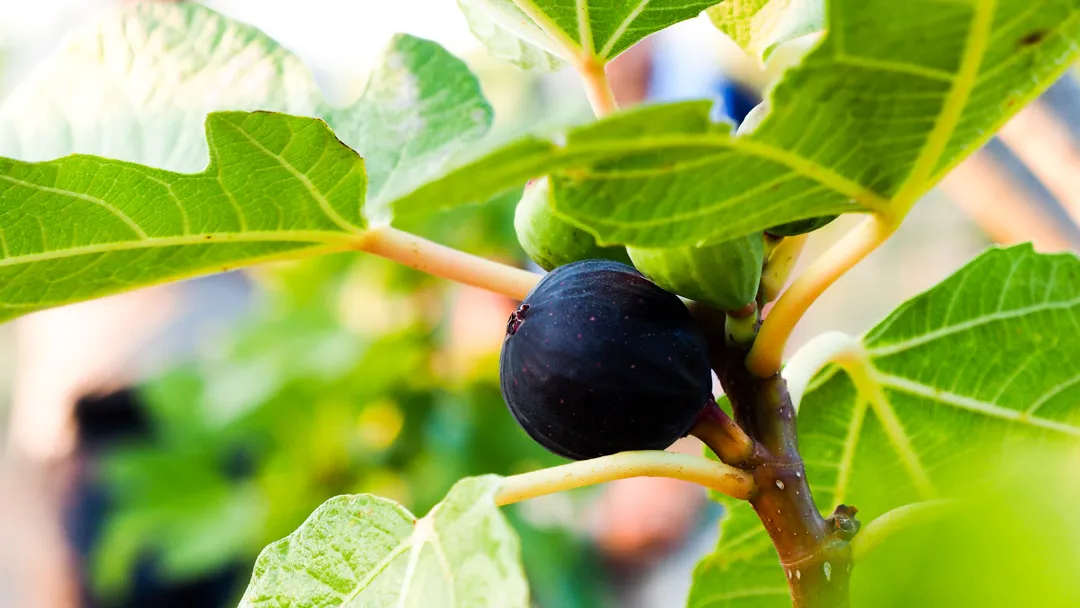Starting from February 2024, with delivery in June 2024, when the seedlings are rooted and leafing, you will have the opportunity to book Ostarìa starting from €50. A decidedly high cost for a fig plant, however exclusive, but justified and accessible for a donation aimed at the conservation of biodiversity.
Whoever buys the plant will in turn be able, if he is capable of reproducing it, to resell it at the price he deems most appropriate, in order to recover the initial cost, or to donate it, becoming, in one case or the other, in turn an actor of a virtuous system of biodiversity conservation. A concrete gesture that allows you to actively participate in the project and allows us to recover other varieties at risk of extinction, remembering that biodiversity is not saved with conferences, but when plants sink their roots into the mother and nourishing earth.
How to make a donation:
- via PayPal;
- via Bank transfer.
For every supporter the story, written by Paolo Belloni, of this extraordinary discovery of Ostarìa in the land of Puglia.
PayPal
To make your donation via PayPal, click on the button. You will be redirected to a PayPal page to make the donation. Once received, we will write to you to find out or confirm the Ostarìa shipping address.
Via Bonifico bancario
To make your donation via bank transfer, choose the amount* and use these details:
- Beneficiary: Azienda agricola dimostrativa “I giardini di Pomona “di Paolo Belloni;
- IBAN: IT78X0306978934100000679003
- CAUSAL: Ostaria First and Last Name
*You choose, asking you to donate an amount of or greater than €50. We ask you to send the bank transfer receipt via email to info@igiardinidipomona.it with the address to send to Ostarìa.
Useful information for supporters
Starting from June you will receive Ostarìa in a 12x12 vase. You can keep the plant in the same pot until November or transfer it into a slightly larger 3‑litre pot at the end of July. If you want to plant it in open ground you should wait for the leaves to fall in November. The plants continue to develop roots and adapt better to the soil during the winter. So it won’t be necessary to take care of it until spring ’25. If you decide to keep the plant in a pot, it is advisable to change the pot every year, for the first few years, progressively increasing the diameter and adding the missing soil. Always water until water flows out of the holes at the base immediately after transplanting.
Tips for planting in full ground
The fig is a Mediterranean plant. Choose to place it in full sun, in a place without water stagnation and at a reasonable distance from the house and any tanks as its powerful roots can, by stretching, cause trouble. Don’t worry about the soil, the fig is an easy plant that adapts to any type of soil (it loves concrete ruins), it is a thrifty and generous tree. It allows all pruning errors without suffering too much. The essential thing is to water it for the first three years from April to October so that it can extend its roots well and become perfectly autonomous. But don’t be afraid: even in this case it will signal you when it wants water by lowering its leaves.
When watering a plant you must always water it abundantly and then let it dry until it asks for water again. The plants die more often from root rot than from drought and if they are too spoiled they lose rusticity characteristics. However, good fertilization, preferably with mature manure, will undoubtedly be appreciated.
The fig does not fear the cold too much, it easily resists ‑10° and not even wind or brackish water. If you only worry about giving him something to drink when he is thirsty he will give you magnificent satisfaction and, given that he can reach a hundred years of age, many fruits for you and future generations. Then, as Carmine Abate writes, it is “the tree of fortune”.
Lastly, anyone who books a plant will receive two new texts:
- Perché il fico (Why, the Fig?)

